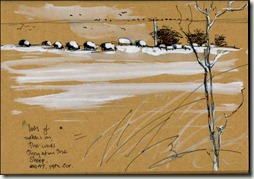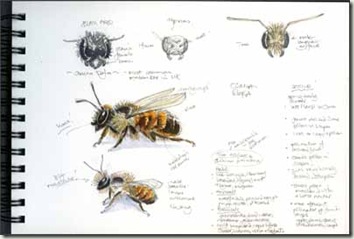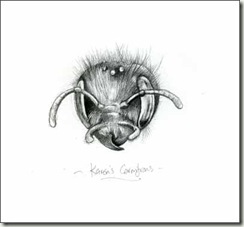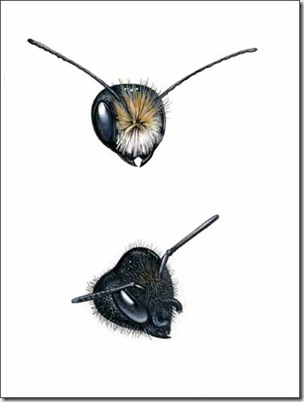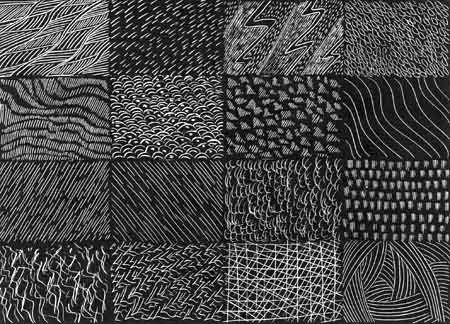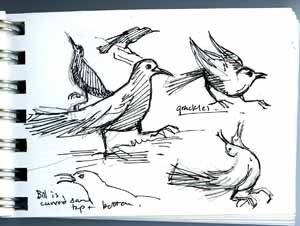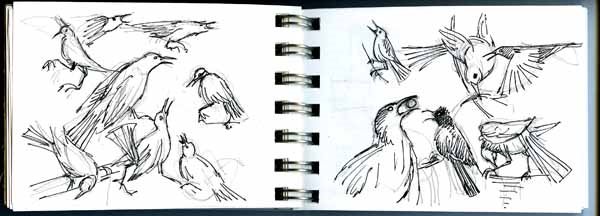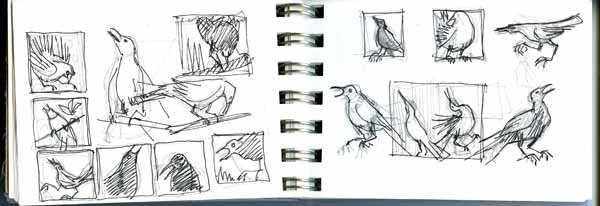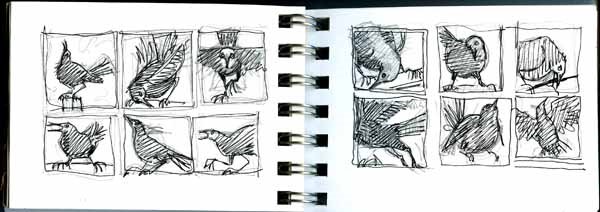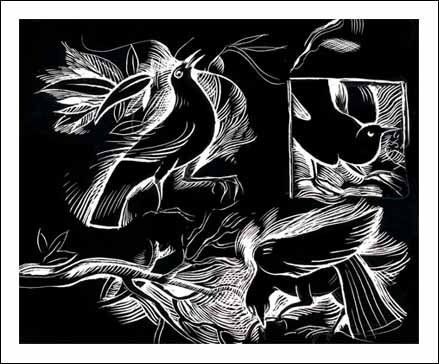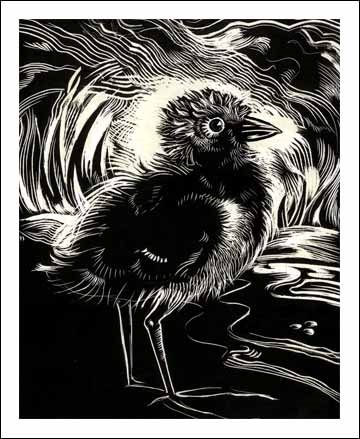I will be doing some retro posting for last week and trying to catch up but, as always seems to be the case, as soon as the word “time off” is uttered, along come the band of malevolent cold germs. Just why is that??? You know how it is, you carry on with work feeling perfectly healthy, and then, come the first day off, down you go!
I read this some time ago and it made me laugh. It’s about how to get over a cold.
“Use this time to de-stress by listening to your favourite music, playing a musical instrument, reading and other at-home leisurely activities. Take your mind off things that are currently worrying you and enjoy some time off.
Hmmmm…but it was taking the time off that brought the cold on in the first place … I should just keep working.
Well I have not been completely idle. My decision to go back to scraperboard work (“scratchboard” here in the USA) has meant finding some boards and then getting some practice. That has meant having some debate with various suppliers here about good old Essdee British Scraperboard which I used to use. After many phone calls and emails and some bad temper it seems that Essdee Scraperboard in its excellent professional grade form is no longer available. It is still sold but without this, the old logo on the back and only in one grade.

So what arrives are some thin anonymous looking sheets, which is not very comforting and they are not even wrapped. They tell me it is just as good. I am not entirely sure about that but don’t have any of my old boards here to compare. I see that professional artists are using Ampersand clayboards so that is probably the way to go when these not very good Essdee boards are finished. But, if anyone finds they have any of these old boards lying around, let me know, especially the thick professional grade in white!
If you are interested in the techniques there are quite a few tutorials on the Internet. Many just involve copying photos of animals with every hair faithfully portrayed which is not really what I am interested in, but, in essence it’s all about tone, and getting a balance between black, white and greys. The greys are achieved by working into the black areas and many different techniques and tools can be used to arrive at these tonal areas. I only normally use a couple of tools but made the big mistake of ordering some Scratch Art ones which are terrible.

This panel shows some techniques for shading from a short tutorial about scraperboard here
I have had two attempts at ordering the board, one company sent me black instead of white which I like even less but am using it for practise, and my goodness I need it.. I wasn’t quite sure what to practise on but found these old sketches of grackles from last year which I thought might do.




I am fascinated by the grackles. There is nothing quite the same in the UK, maybe magpies, for their strutting walk and attitude, and maybe jackdaws for their glossy iridescence but they are curious to watch, endlessly marching up and down and throwing their heads back to cackle raucously. I had made these scribbles of the grackles which come and sit on the deck here by the lake. I keep a very small sketch book with me which comes in useful just to jot down ideas and I had thought about the possibility of some designs with the grackles some time ago.
So here are my rusty experiments, a couple of grackles and the moorhen chick from last spring, all based on sketches so not true to life at all!
The moorhen chick seems to be having a bad hair day!
_________________________________________________________
Scraperboard Experiments


